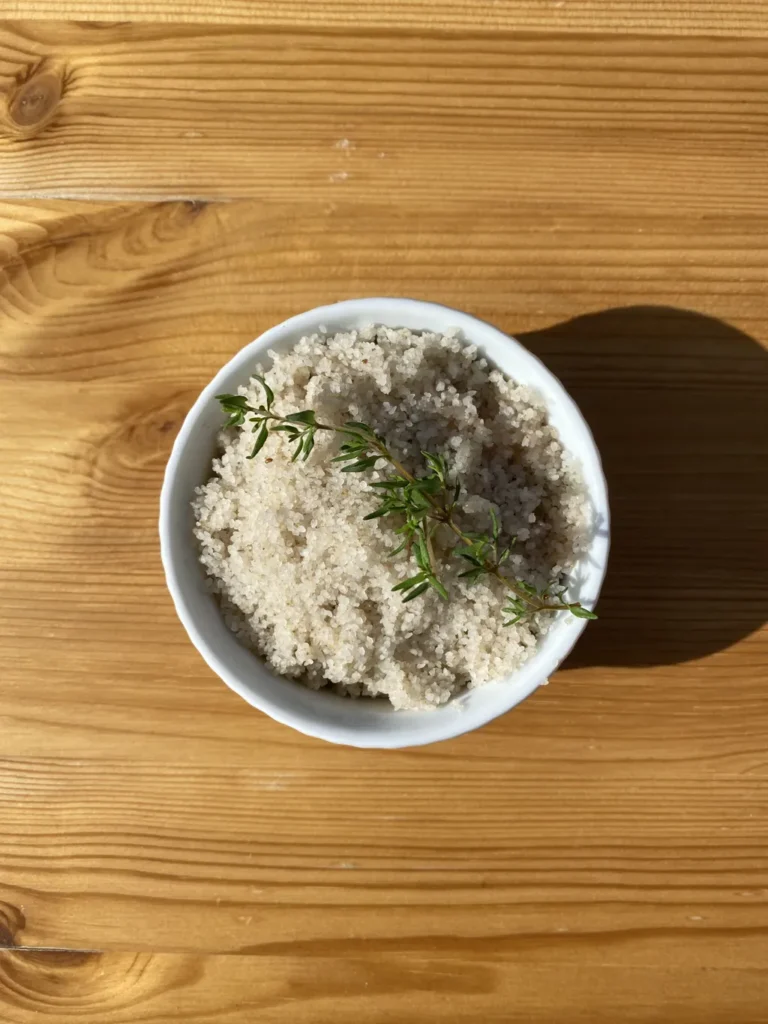In the heart of West Africa, two humble grains, white and black fonio, have sustained communities for centuries. Yet, these small millets have long been overlooked by researchers, leaving their genetic resources understudied and underutilized. A recent study, led by Sandrine Causse from CIRAD’s UMR AGAP Institut in Montpellier, France, aims to change that by developing a simple and reliable method to distinguish between the two cultivated species of fonio. Published in the journal *Genetic Resources* (which translates to *Genetic Resources* in English), this research could have significant implications for the conservation and commercial potential of these neglected crops.
Fonio, often dubbed the “forgotten grain,” is a staple food in many West African countries. Despite its importance, the two species—white fonio (*Digitaria exilis*) and black fonio (*Digitaria iburua*)—have been challenging to distinguish accurately. This poses a problem for genebanks and breeders who rely on precise identification for conservation and improvement efforts.
Causse and her team set out to address this issue by conducting a morphometric analysis on seeds from 98 accessions of *D. exilis* and 20 accessions of *D. iburua*. They measured various seed characteristics, including dimensions, shape, and color. The results were clear: seed width emerged as the major distinguishing criterion. “We found that the seeds of black fonio were significantly wider than those of white fonio,” Causse explained. This simple yet effective method could revolutionize how fonio collections are managed.
The implications of this research extend beyond the lab. Accurate identification is crucial for maintaining the integrity of genebank collections, ensuring that the right seeds are preserved and used in breeding programs. This could lead to the development of improved fonio varieties that are more resilient to climate change and better suited to modern agricultural practices.
Moreover, the ability to distinguish between the two species could open up new commercial opportunities. Fonio is gaining popularity in global markets due to its nutritional benefits and gluten-free properties. With a reliable method to identify and characterize different fonio accessions, breeders and farmers can focus on enhancing the most promising varieties, potentially boosting the grain’s commercial value.
Causse’s research also has archaeological significance. The method could be used to identify fonio remains in ancient sites, providing insights into the historical cultivation and use of these grains. This interdisciplinary approach highlights the broader impact of the study, bridging the gap between conservation, agriculture, and history.
As the world grapples with the challenges of climate change and food security, the conservation and utilization of plant genetic resources like fonio become increasingly important. Causse’s work offers a practical tool to support these efforts, ensuring that these valuable crops are not forgotten but rather celebrated and cultivated for future generations.
In the words of Causse, “This method is a step towards better conservation and utilization of fonio genetic resources. It’s a small but significant contribution to the broader goal of food security and sustainable agriculture.” With this newfound ability to distinguish between the two species, the future of fonio looks brighter than ever.

